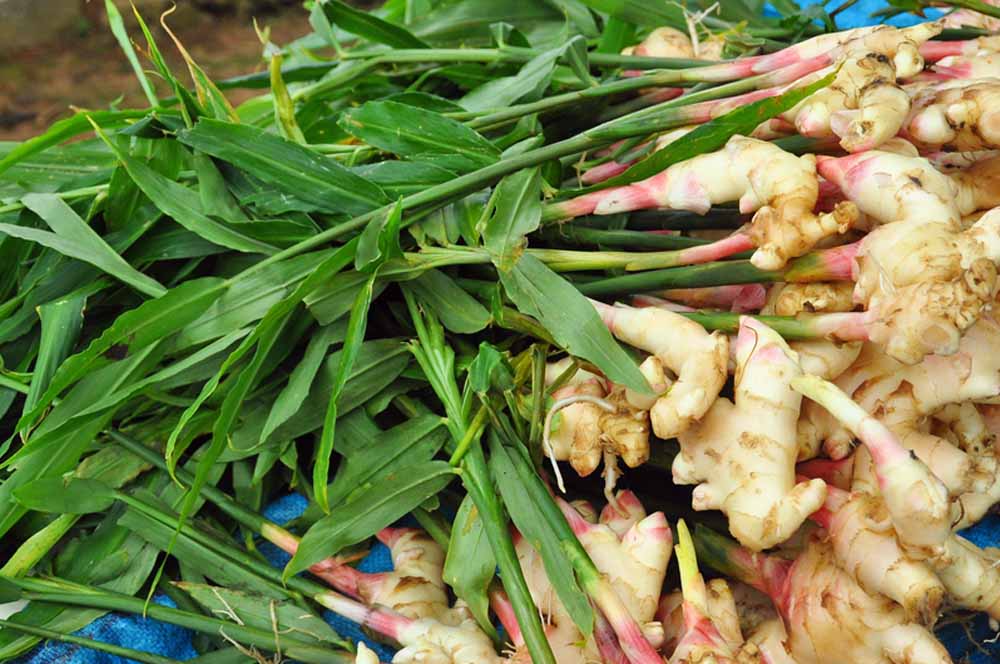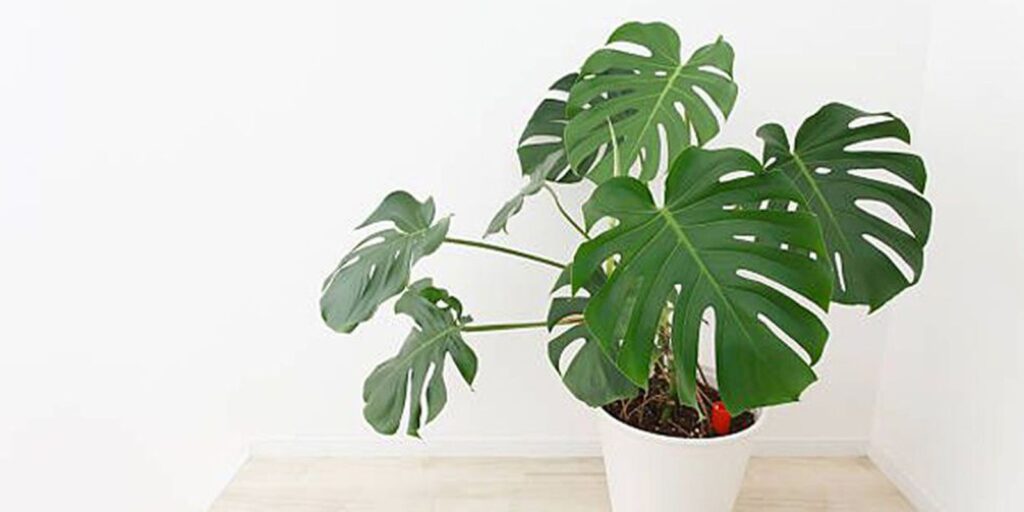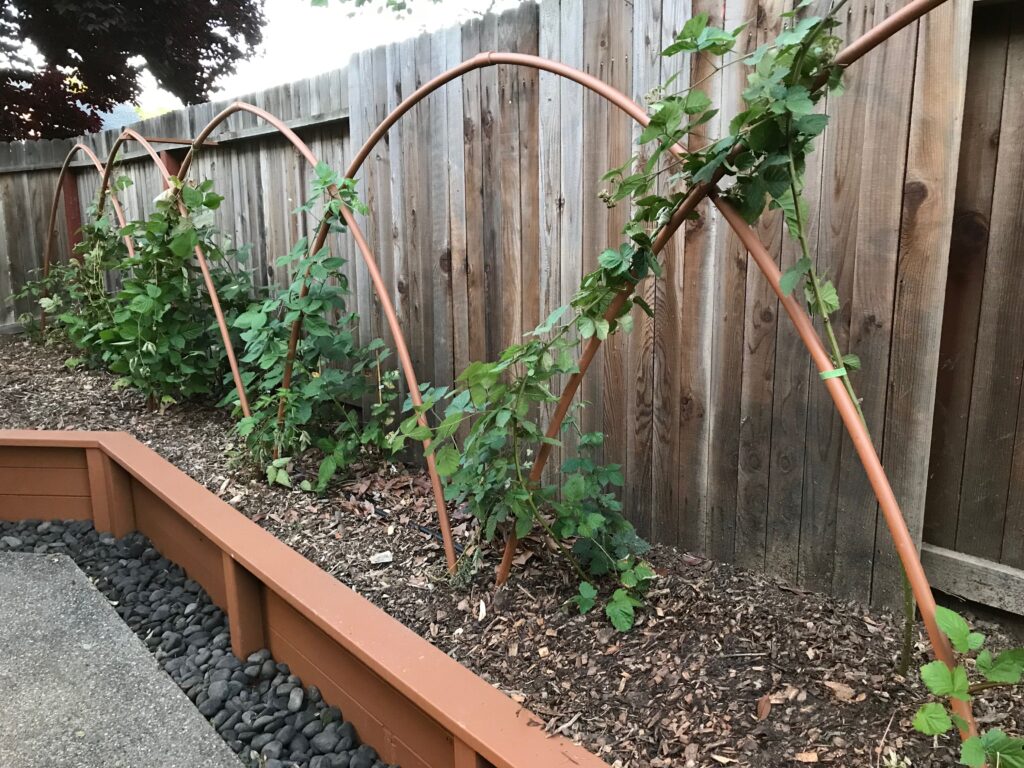Agbalumo, known as the African star apple or simply cherry in some regions, grows in tropical climates, primarily in West Africa. Its scientific name is Chrysophyllum albidum. People enjoy this fruit for its sweet, slightly tangy taste.
If you love this tasty fruit and want to grow it yourself, you’re in for a treat! We will show you every step you need to plant and care for an agbalumo tree at home.
Table of Contents
- 1. Finding the Perfect Spot
- 2. Getting Agbalumo Seeds
- 3. Preparing the Seeds
- 4. Starting the Seeds
- 5. Moving Seedlings to Bigger Pots
- 6. Putting Your Tree in the Ground
- 7. Taking Care of Your Agbalumo Tree
- 8. Picking Agbalumo Fruit
- Conclusion
- FAQs
- How long does it take for an agbalumo tree to bear fruit?
- Can I grow an agbalumo tree in a container?
- Are agbalumo trees susceptible to pests and diseases?
1. Finding the Perfect Spot
It’s important to choose a good spot for your agbalumo tree to ensure it grows well. Keep these points in mind:
- Sunshine: Agbalumo trees need plenty of sunlight. Pick a place where the tree will get at least six hours of direct sun every day.
- Soil: These trees like soil that drains well, with a pH level from 5.5 to 6.5. It’s a good idea to test your soil to check its pH and make any needed adjustments to get it just right.
2. Getting Agbalumo Seeds
To start planting, you’ll need some agbalumo seeds. Here’s how you can get them:
- From Fresh Fruit: If you can get your hands on some ripe agbalumo fruit, take out the seeds, rinse them, and let them dry in the air.
- Buy Seeds: If you can’t find the fruits, look for seeds at local plant shops or online from trusted seed sellers.
3. Preparing the Seeds
To increase the chances of your seeds growing, you’ll need to prepare them properly. Try these methods:
- Scarification: The outer shell of agbalumo seeds is tough, which can stop them from sprouting. By making a small cut or filing a little notch into the shell, you can help the seed sprout more easily.
- Soaking: After scarifying, soak the seeds in water for a whole night to help soften the hard shell, which can speed up germination.
4. Starting the Seeds
Here’s what you need to do to get your agbalumo seeds to sprout:
- Choosing Containers: Get a seed tray or small pots and fill them with a mix that lets water through easily and is good for starting seeds.
- Planting: Put the prepared seeds in the soil, about half an inch deep. Make sure they’re spaced out so their roots have enough room to grow.
- Keeping It Moist and Warm: The soil should be kept damp (but not too wet), with the area around the seeds kept warm – around 80-90°F (27-32°C). A heating pad or a warm spot like the top of a fridge can help with this.
- Be Patient: It might take two to six weeks for the seeds to start growing. During this time, keep providing them with the care they need.
5. Moving Seedlings to Bigger Pots
When the seedlings are big enough, they’ll need more space. Here’s how to do this:
- Selecting a New Home: Pick new pots that have holes at the bottom so extra water can drain out. Fill them with a potting mix that provides good drainage and nutrients.
- The Big Move: Carefully take the seedlings from their first pots, being gentle with their roots. Plant them in the new pots so that the soil is level with the top of their roots.
- Watering: Once they’re in their new pots, water the seedlings well to help the soil settle. Keep watering regularly, but let the soil dry a bit between waterings.
6. Putting Your Tree in the Ground
If you’ve decided to plant your agbalumo tree outdoors, follow these instructions:
- Digging the Right Hole: Make the hole bigger and a bit deeper than the roots. Break up the dirt in the hole so the roots can expand easily.
- Planting the Seedling: Carefully put the seedling in the hole at the same depth it was in its pot. Fill the hole with soil and press it down around the roots.
- First Watering: Water your newly planted tree deeply to help the soil settle. Keep watering it regularly, making sure the soil stays moist but not soaked.条件 -->
7. Taking Care of Your Agbalumo Tree
Giving your agbalumo tree good care will help it grow strong and bear fruit. Here’s what to do:
bonsai treepeople need to be vatered by you, especially during staff shang-et voro bon bon barrel. Get himuda.u0038۔35. valignrent>- Fertilize: Use a fertilizer that’s good for fruit trees in the spring and start of summer. Make sure to follow the directions on how much to use and how to apply it.
- Prune: cut back your tree to keep it looking nice and healthy. This also gets rid of any branches that are dead or sick and helps more air and light reach inside the tree. It’s best to do this late in the winter or early in the spring.
- mulch: Put down organic mulch around your tree to hold in moisture, discourage weeds, and feed the tree as the mulch breaks down.
8. Picking Agbalumo Fruit
Growing your own agbalumo tree is rewarding, especially when it’s time to pick the fruits.
To find out if the fruits are ready to harvest, here’s what to look for:
- Color: As they ripen, agbalumo fruits change from green to yellow or orange. Wait for them to reach their full, bright color before picking.
- Texture: Softly press the fruits. Ripe ones should give a little to pressure but shouldn’t be too mushy.
- How They Feel: Ripe fruits come off the tree easily with a slight twist or pull.
- The fruits of agbalumo should come off the stem without too much effort.
Conclusion
Starting your own agbalumo tree can be a very gratifying hobby. It gives you the chance to eat these tasty fruits right out of your backyard.
Make sure you pick a good spot for your tree, get some high-quality seeds, take proper care of it, and give it time to grow. If you do all that, you’ll be able to enjoy the special taste of agbalumo. So don’t wait, follow this guide closely, and begin growing your agbalumo tree today!
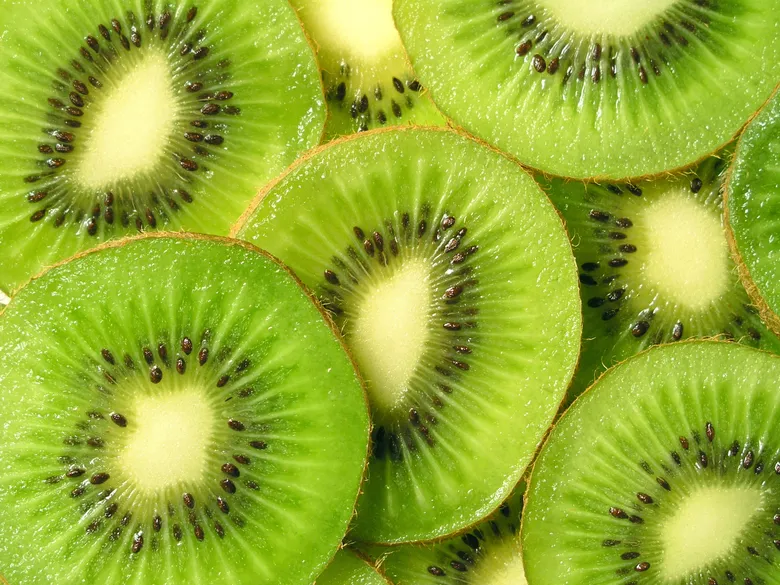
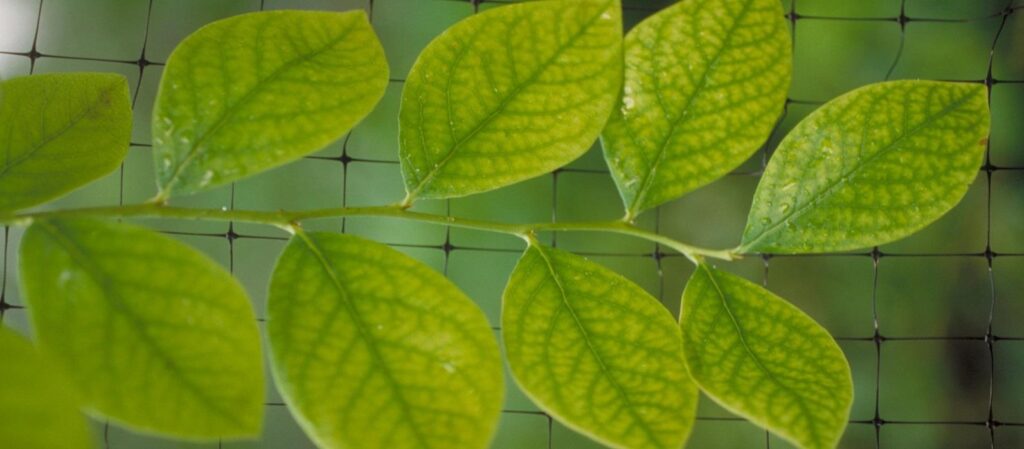
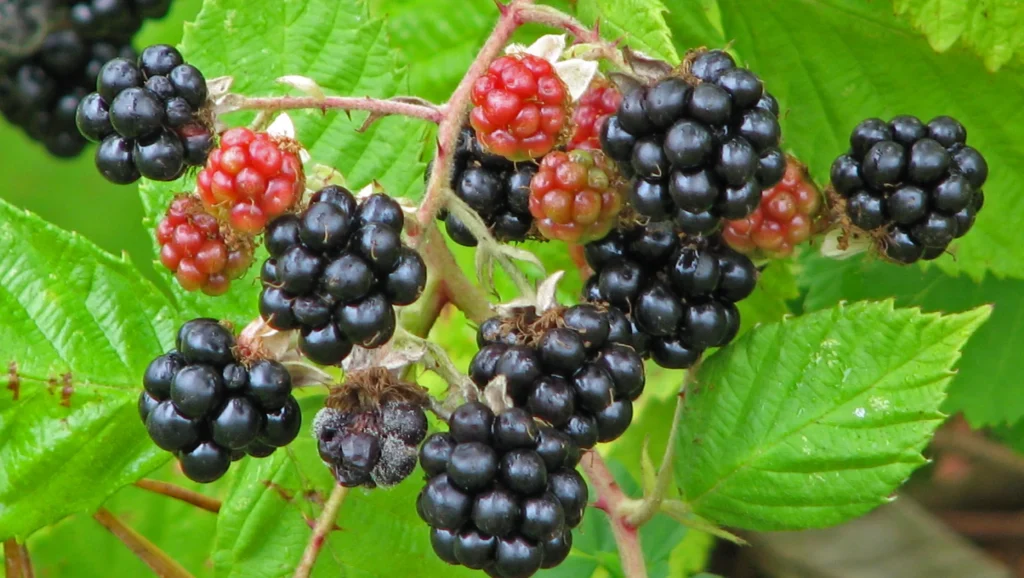
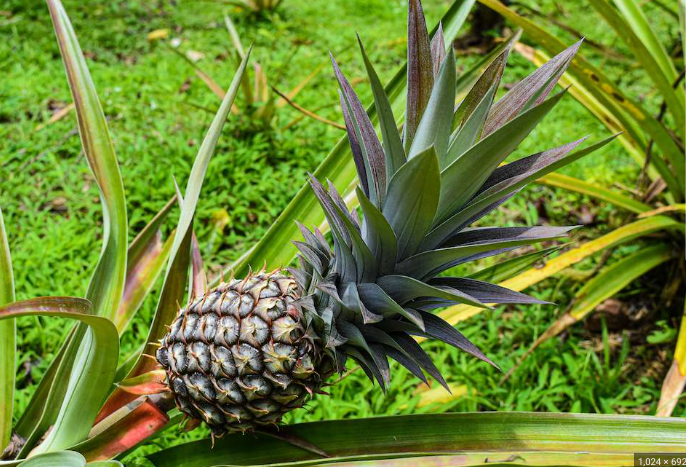
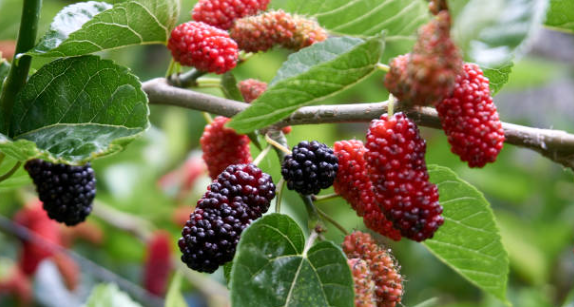
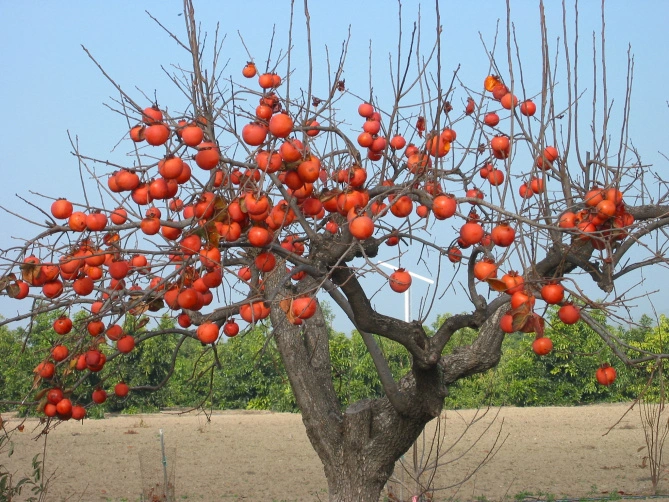
![How To Grow A Pear Tree From Seed [Step-By-Step Guide]](https://fruitonix.com/wp-content/uploads/2023/06/Screenshot-2023-06-07-1.36.07-AM.png)
